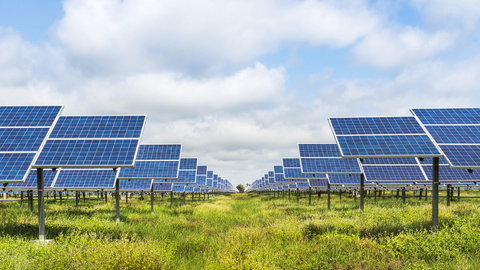
Researchers at the University of Colorado are developing low-cost, high-performance, aqueous flow battery technology that potentially will lead to scalable grid-level storage for wind and solar energy. They use chromium – which is abundant in nature – to achieve exceptional voltage and high efficiency.
“The materials are low-cost, nontoxic and readily available, offering future promise for cost-effective manufacturing,” says Michael Marshak, head of the research project. “Flow batteries get around the scaling problems associated with chemistries that rely on solid materials, such as lithium-ion. Although lithium-ion technology can provide power for smaller scale applications, you would need millions of batteries to backup even a small fossil fuel power plant for an hour. But, while lithium-ion chemistry is effective, it’s ill-suited to meet the capacity of an entire wind turbine field or solar panel array.”
Aqueous flow batteries are considered to be a more promising alternative for renewable power grid applications. Flow batteries keep their active ingredients separated in liquid form in large tanks, allowing the system to distribute energy in a managed fashion.
The team combined organic binding agents – or chelates – with chromium ions to stabilize a potent electrolyte. The process creates a shield around the chromium electron, preventing water from hampering the reactant and allowing each of the battery cells to disperse 2.13 volts – nearly double the operational average for a flow battery. They plan to continue optimizing the technology and have it commercially available sometime within the next five years.
“We will be scaling it up in the lab to cycle the battery for even longer periods of time,” Marshak explains. “We also still have to do some long-term durability testing. We’ve solved the problem on a fundamental level. Now, there are a lot of things we can try to keep pushing the performance limit.”
